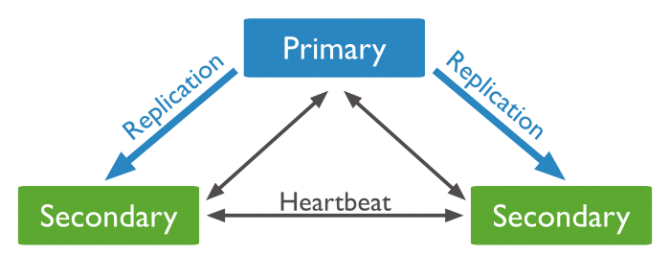PHP 7 support and portable public IP addresses now available on Layershift Jelastic PaaS
We’ve just added 2 more great features to our Jelastic PaaS to help you to deploy and run your sites with maximum performance and efficiency.
PHP 7: Max performance, minimum cost
Hot on the heels of introducing PHP 7 to our Cloud VPS hosting plans, we’re happy to follow it up by announcing the immediate availability of PHP 7 on the Layershift Jelastic PaaS as well.
Until now, our Jelastic PaaS was a great place to check your code for PHP 7 compatibility, via the Docker(R) based container images – available since the PHP 7 project launched its release candidates, but from today PHP 7 has graduated to a first class citizen of our Jelastic PaaS.
Why is PHP 7 so exciting? Besides an assortment of new language features to take your productivity to the next level, PHP 7 offers substantial performance increases whilst also using less memory.
Thanks to our unique auto-vertical scaling – where you only pay for resource consumption, not instance size – this means using PHP 7 saves money. I’ll say that again, very slowly:
[Tweet “Running PHP 7 on the Layershift Jelastic PaaS = better performance, lower cost.”]
Improving DevOps Agility through a Hybrid Approach
The DevOps approach means you will be handling more than just a single aspect of the product cycle. However, being stuck with acting as system administrator for your company can be a bad thing.
 Since the practice was conceived back in 2009, the DevOps culture has launched a coup in the world of software development. By combining the development and operational aspects of building software, this approach has significantly improved the product cycle, enhanced the performance of software produced, increased the output of developers and has led to far better results overall than traditional IT development.
Since the practice was conceived back in 2009, the DevOps culture has launched a coup in the world of software development. By combining the development and operational aspects of building software, this approach has significantly improved the product cycle, enhanced the performance of software produced, increased the output of developers and has led to far better results overall than traditional IT development.
By involving developers at every stage of development and deployment, it has become easier to create more stable software with better-integrated components. Developers are now involved in the software development cycle from the beginning to the very end. As a result, operational functions such as customer service and quality assurance are also being handled by developers under this approach.
At the same time, DevOps has led to a greater involvement of users in every phase of software development. This is one of the key aspects that helped improve the quality and efficiency of beta testing over the past few years. And with the improvement in beta testing, the consequent quality of final versions has steadily improved.
MongoDB Replica Set automatic deployment
MongoDB supports master-slave replication and a variation on master-slave replication known as replica sets. Replica sets are the recommended replication topology. What is the difference?
Replication vs. Replica Set
MongoDB’s replication is “single-master”, meaning only one node can accept write operations at a time.
In a replica set, on the other hand, if the current “primary” node fails or becomes inaccessible, the other members can autonomously elect one of the other members of the set to be the new “primary”.

Why High Availability Is Important for Your Business
 Today’s businesses are addicted to IT. Every part of the business now needs Internet connectivity to function, and not just for cat videos during breaks; from communication via email, instant messaging, and VoIP, to back office ERP and CRM – not to mention the importance of digital marketing channels and ecommerce.
Today’s businesses are addicted to IT. Every part of the business now needs Internet connectivity to function, and not just for cat videos during breaks; from communication via email, instant messaging, and VoIP, to back office ERP and CRM – not to mention the importance of digital marketing channels and ecommerce.
Applications, and even consumer-facing services, are now shifting to cloud and hybrid models as companies realise that in-house IT, once tasked with running an Exchange server and maintaining desktops, lack the tools and specialist expertise to keep these systems running.
Our heavy dependence on the Internet to get business done exposes a threat with the potential to transform the competitive advantages of this new world of doing business in the cloud into a business killer.
Worried about the SSL transition from SHA-1 to SHA-2? We’ve got you covered!

Every internet user is familiar with the lock icon which comes with almost every website these days – this means that the website is secured by an SSL certificate which will guarantee that sensitive information sent across the Internet is encrypted.
We all know how vital security is in the online world, but how does the SSL manage to encrypt all of this information so that it won’t get in the wrong hands?
Well, the answer is the hashing algorithm – an important feature of the public-key encryption which is used to encrypt the communication between a server and a browser. It’s really important to keep up with it and use the latest version to make sure your website is protected. Here at Layershift, this is our main purpose: to ensure that your website and business are protected and up to date – so we followed the evolution of the hashing algorithm and pro-actively updated the certificates issued via ourselves to use the latest version.
